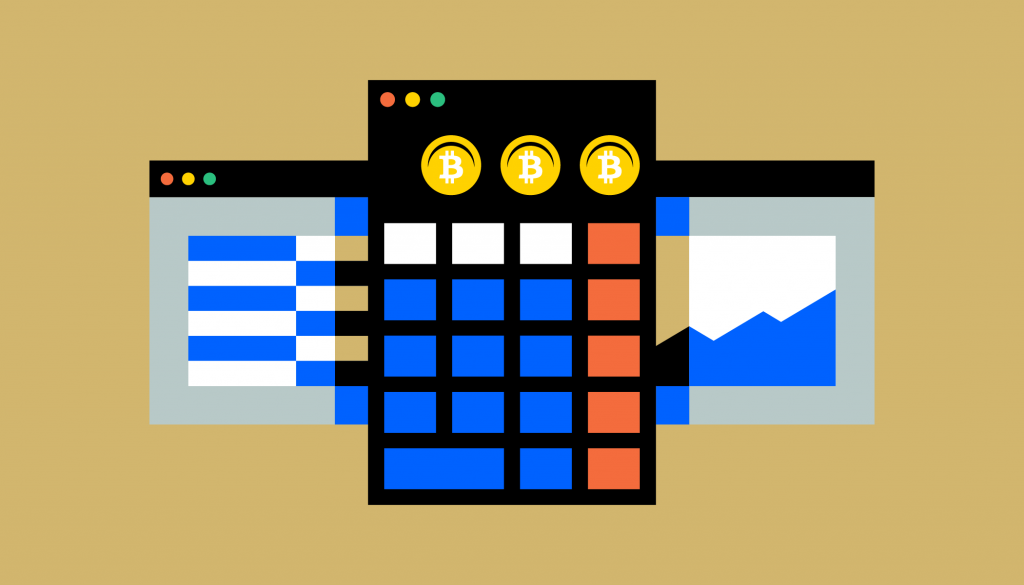Beyond the dominance of Bitcoin, a multitude of cryptocurrencies, known as ‘altcoins’, exist in the cryptocurrency ecosystem. They provide diverse opportunities, present unique challenges, and add layers of complexity to the cryptocurrency market. This article aims to bring to light key factors one should diligently consider when venturing into altcoin investments. We’ll also look at how altcoins interact with the broader market trends, particularly their often observed correlation with Bitcoin.
Understanding Altcoins
Altcoins, coined from ‘alternative’ and ‘coins,’ cover all cryptocurrencies except Bitcoin. Prominent examples include Ethereum (ETH), Ripple (XRP), and Cardano (ADA). Each altcoin harbors aspirations to enhance, diversify, or sometimes radically overhaul the functionalities provided by Bitcoin.
Ethereum, for instance, introduced smart contracts and paved the way for decentralized applications. Cardano, on the other hand, aims to balance the needs of users with those of regulators, providing a more secure and scalable infrastructure. These unique use cases, fueled by technological innovation and distinct visions, are the driving force behind the altcoin market’s growth.
However, this diversity does not imply isolation. Many altcoins have a high correlation with Bitcoin, the market’s trendsetter. An understanding of this interplay can be critical when deciding to buy XMR, XRP, SOL, or any other altcoin. While some altcoins may buck the trend occasionally, the overall market sentiment and Bitcoin’s price movement often influence their trajectory.
Key Factors to Consider Before Investing in Altcoins
Project Fundamentals
Understanding altcoin’s underlying project, the team behind it, and the goals they aim to achieve is crucial. A competent team with proven experience and a clear, practical vision enhances the credibility of the project and the altcoin. It also underscores the project’s potential to navigate the market’s inherent challenges and uncertainties.
Community and Ecosystem
The significance of a robust community and an active ecosystem cannot be overstated. A supportive community can drive the altcoin’s adoption, ensure better network security, and encourage further development. An active ecosystem, with partners, developers, and businesses, provides a practical demonstration of the altcoin’s utility and contributes to its growth potential.
Market Capitalization and Liquidity
Market capitalization, the product of the current price and circulating supply, reflects the market’s perception of the altcoin’s worth. Meanwhile, liquidity describes the ease of buying or selling the altcoin without significantly impacting its price. High liquidity reduces the cost of trading and the potential for price manipulation. Understanding these metrics can assist in gauging an altcoin’s stability and investment potential.
Regulatory Environment
Regulations can profoundly impact an altcoin’s value and future prospects. A favorable regulatory environment can instill confidence among investors, potentially boosting the altcoin’s price. Conversely, stringent or uncertain regulations may pose challenges. Monitoring the regulatory climate is crucial, particularly for altcoins with international operations.
Market Trends and Correlation with Bitcoin
Altcoins often exhibit a significant correlation with Bitcoin. When Bitcoin surges, altcoins often follow suit, albeit with varying degrees of intensity. Conversely, when Bitcoin experiences a downturn, altcoins frequently echo this movement. This pattern occurs because Bitcoin, as the first and most well-known cryptocurrency, tends to dictate overall market sentiment. Furthermore, many investors and traders view Bitcoin as a benchmark, shaping their altcoin expectations based on Bitcoin’s performance.
However, this correlation is not absolute. There are times when altcoins diverge from Bitcoin’s path, driven by project-specific news or market conditions. Therefore, while understanding this correlation is essential, it should not be the sole factor influencing your decision to buy ADA, DOGE, SOL or any other altcoin.
Conclusion: Balanced Approach to Altcoin Investing
Investing in altcoins requires thorough research and a nuanced understanding of the market dynamics. It’s important to study the project fundamentals, evaluate the community and ecosystem, understand the importance of market capitalization and liquidity, and be aware of the regulatory environment.
Moreover, it’s essential to recognize the influence of market trends and the correlation with Bitcoin. However, remember that while these factors provide a roadmap, the journey of crypto investing is often unpredictable. Every decision should be based on a comprehensive understanding and acceptance of the associated risks.
Altcoins offer a world of opportunities, but they also come with their fair share of challenges. Maintaining a balanced portfolio and staying informed about the ever-evolving landscape can help navigate these challenges. After all, the world of cryptocurrencies, with its potential for high rewards, also demands a high degree of vigilance and continual learning.
Follow Techdee for more!
